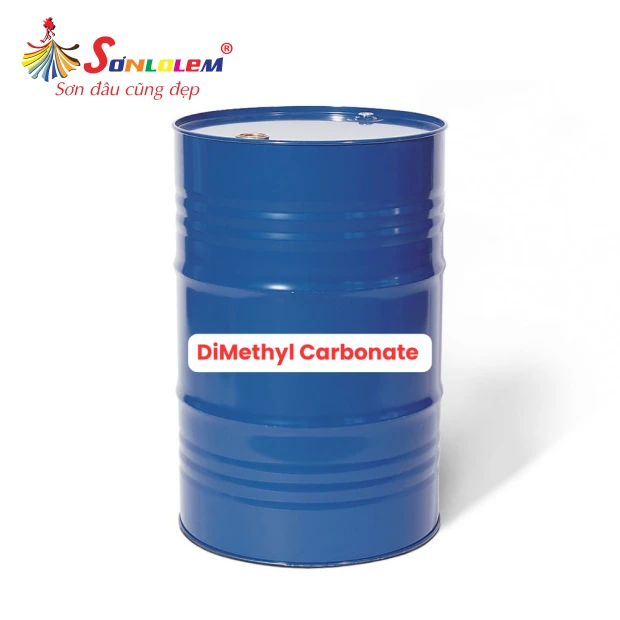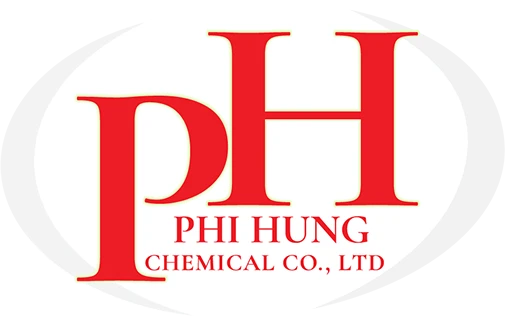

DiMethyl Carbonate
Product name: Dimethyl carbonate chemicals (DMC solvent) Origin: China Specification: 200kg / drum
Product information:
Physical and Chemical Properties of Solvent A200
Solvent A200 is flammable in both liquid and gas forms, with a relatively high vapor pressure. It should be used in well-ventilated areas and away from ignition sources (such as open flames, electrical equipment, and unprotected switches).
The flash point of R100 is approximately 41°C.
TOPSol A200 is a mixture of C9-C11 hydrocarbons with 98% aromatic content, providing excellent solubility. It has a very low sulfur content. This high-boiling solvent evaporates slowly and has a high flash point.
- Appearance: Transparent, colorless liquid
- Odor: Characteristic hydrocarbon smell
- Solubility (%): 0.1 wt% in water
- Boiling point (°C): 180 – 210°C
- Vapor pressure (mmHg): 0.07 @ 37.8°C
- Specific gravity (water = 1): 0.873 @ 15.6°C
- Vapor density (air = 1): > 1
- Viscosity (cSt): 0.88 cSt @ 20°C
- Molecular weight: 120 – 148
- Color: Clear
- Evaporation rate: 0.08
Applications of Solvent A200
Solvent A200 is widely used as a solvent and diluent in industries such as paints, adhesives, printing inks, agriculture, ceramics, detergents, pesticides, plastics, and household cleaning products.
It has diverse applications in both production and daily life. The three primary application areas are:
a) Paint Manufacturing Industry
Solvent A200 enhances paint fragrance, slows drying, maintains color vibrancy, and provides moisture, water, and weather resistance.
Due to its moderate evaporation rate and high solubility in water and other solvents, it is also used for diluting other paint solvents such as lacquer, varnish, and enamels.
With a high solid content, it is ideal for thick coatings with minimal layers. Solvent 100 and 150 are commonly used in automotive coatings and other industrial applications requiring a high-gloss, durable finish.
b) Agricultural Chemicals (Pesticides & Herbicides)
Solvent A200 is used in the production of pesticides, insecticides, herbicides, and fertilizers due to its excellent solubility and moderate evaporation rate, making it an optimal choice for these products.
c) Cleaning Products
Although not as strong as other industrial cleaners, Solvent A200 is still used in laundry detergents, dishwashing liquids, floor cleaners, and toilet cleaners.
Its distinct fragrance makes cleaning products more pleasant and refreshing.
DiMethyl Carbonate (DMC)
DiMethyl Carbonate (DMC) is an organic compound with the formula OC(OCH₃)₂. It is a colorless, flammable liquid classified as a carbonate ester.
DMC is widely used as a methylating agent and, more recently, as a solvent. It is often regarded as a green reagent. It is miscible with organic solvents such as alcohols, ketones, and esters, but it has limited solubility in water.
Chemical Properties
- CAS Number: 616-38-6
- Molecular Formula: C₃H₆O₃
- Purity Standard: 99.50% min
- Packaging: 200 kg drum or ISO TANK
Technical Specifications
| Index | High Grade | Standard Grade |
|---|---|---|
| DMC Purity (%) | ≥ 99.95 | ≥ 99.50 |
| Methanol (mg/kg) | ≤ 100 | ≤ 1000 |
| Moisture (%) | ≤ 0.01 | ≤ 0.1 |
| Color (Pt-Co No.) | ≤ 5 | ≤ 10 |
| Acidity (as H⁺) (mmol/100g) | ≤ 0.01 | ≤ 0.02 |
| Density (20°C) (g/cm³) | 1.071 ± 0.005 | |
| Appearance | Colorless, transparent liquid, free from impurities |
Applications
- Used in the production of polypropylene carbonate (PPC).
- Pharmaceutical and pesticide industries.
- As an environmentally friendly solvent for paints, coatings, inks, and adhesives, replacing benzene, xylene, ethyl acetate, butyl acetate, acetone, butanone, and toluene.
- An ideal substitute for toxic substances such as phosgene, dimethyl sulfate, and methyl chloroformate.
- A key intermediate in organic synthesis, providing safe, efficient reactions with minimal pollution and easy transportation.
- Used in the production of lithium-ion batteries.
Packaging
DMC is packaged in 200 kg plastic or steel drums, with 16.0 MT per 20-ft container.
Safety & Transportation
- DMC is a flammable liquid with a flash point of 17°C (63°F), limiting its use in consumer and indoor applications.
- Safer than acetone, methyl acetate, and methyl ethyl ketone from a flammability perspective.
- The recommended industrial exposure limit (REL) is 100 ppm due to inhalation risks over an 8-hour workday, similar to common solvents like toluene and methyl ethyl ketone.
- Workers should wear organic vapor protective masks when using DMC indoors or in high-concentration areas.
- DMC is metabolized into methanol and carbon dioxide in the body, meaning accidental ingestion should be treated similarly to methanol poisoning.


 Tiếng Việt
Tiếng Việt